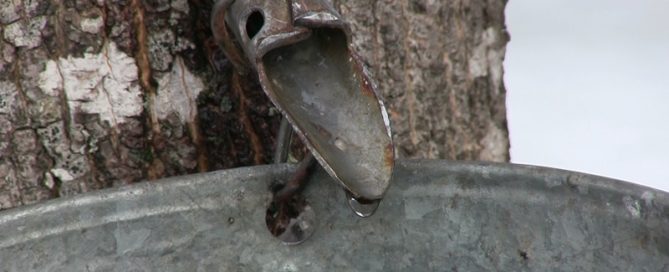Maple sugar, syrup, museums and Ben Franklin!
Maple sugar, syrup, museums and Ben Franklin!
Maple sugaring has a history that started in northeastern North America. Whether it is in Canada or New England, the weather is perfect for tapping the sap from the many maple trees in the area. Nights with temperatures in the 20’s and days with temperatures in the 40’s are ideal for optimum sap flow. Native Americans often referred to that time as the season of the “sugar moon”. Unfortunately, most of the syrup at the supermarket is made with corn syrup. That’s why so many local farms do their own sugaring!
Things You Might Not Know About Maple Syrup
* Each tablespoon contains:
* 50 calories
* 13.4 mg of calcium
* 40.8 mg of potassium
* Plus it contains magnesium, manganese, phosphorus and iron
* Trace amounts of riboflavin (Vitamin B2)
* Pantotheric acid (Vitamin B5)
* Niacin and Folic Acid
As mature maple trees in the forest are seldom fertilized or treated with any sort of pesticide, local maple sugar is organic for the most part. And believe it or not, even squirrels like maple syrup! They will puncture the tree bark with their two front teeth and suck the sap out. Not exactly maple syrup, but still good!
Lastly, maple syrup can be used in lieu of cane sugar. In fact, Ben Franklin lobbied hard to use maple sugar as the main sweetener in the United States, so we wouldn’t import cane sugar or be dependent on that. Unfortunately, it never caught on!
If you’d like to immerse yourself in maple sugar facts, there are many maple museums throughout the northeast. Visit www.maplemuseum.com or www.americanmaplemuseum.org
And if you’d like to learn about the local maple sugar process, this weekend is your last chance to visit the Maple Express at Charmingfare Farm. Take a sleigh ride through the woods to the sugar shack and learn about the process. Watch syrup be made, and then you get an opportunity to sample the syrup on fresh made pancakes!
Click here for more details.

